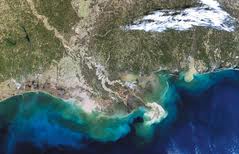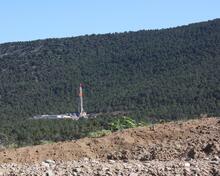
NEPA rollbacks, environmental impacts (start time: 6:25) Amidst a flurry of moves by the Trump administration to roll back environmental regulations, last month a White House agency proposed a rule to rescind a landmark law meant to protect wildlife, their habitat, and human communities from unchecked development, and to ensure that the public has a say in projects ranging from oil and gas drilling to wind and solar farms. The rule, if it goes into effect, would mean that the White House Council on Environmental Quality would no longer enforce how the National Environmental Policy Act (NEPA) is carried out. As a result, many infrastructure projects would not be subject to environmental review. A public comment period regarding this proposed rule ends on Friday, March 27. (Click here to submit any comments.) How On Earth host Susan Moran interviews Jim McElfish, a senior advisor at the Environmental Law Institute, a nonpartisan, nonprofit center working to strengthening environmental protection by improving law and governance.
Hosts: Susan Moran, Joel Parker
Show Producer: Susan Moran
Engineer: Joel Parker
Headline contributors: Beth Bennett, Joel Parker
Executive Producer: Beth Bennett
Listen to the show here:
Podcast: Play in new window | Download (Duration: 25:38 — 35.2MB)
Subscribe: RSS



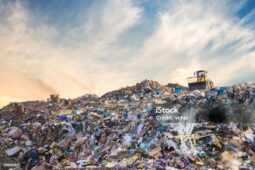
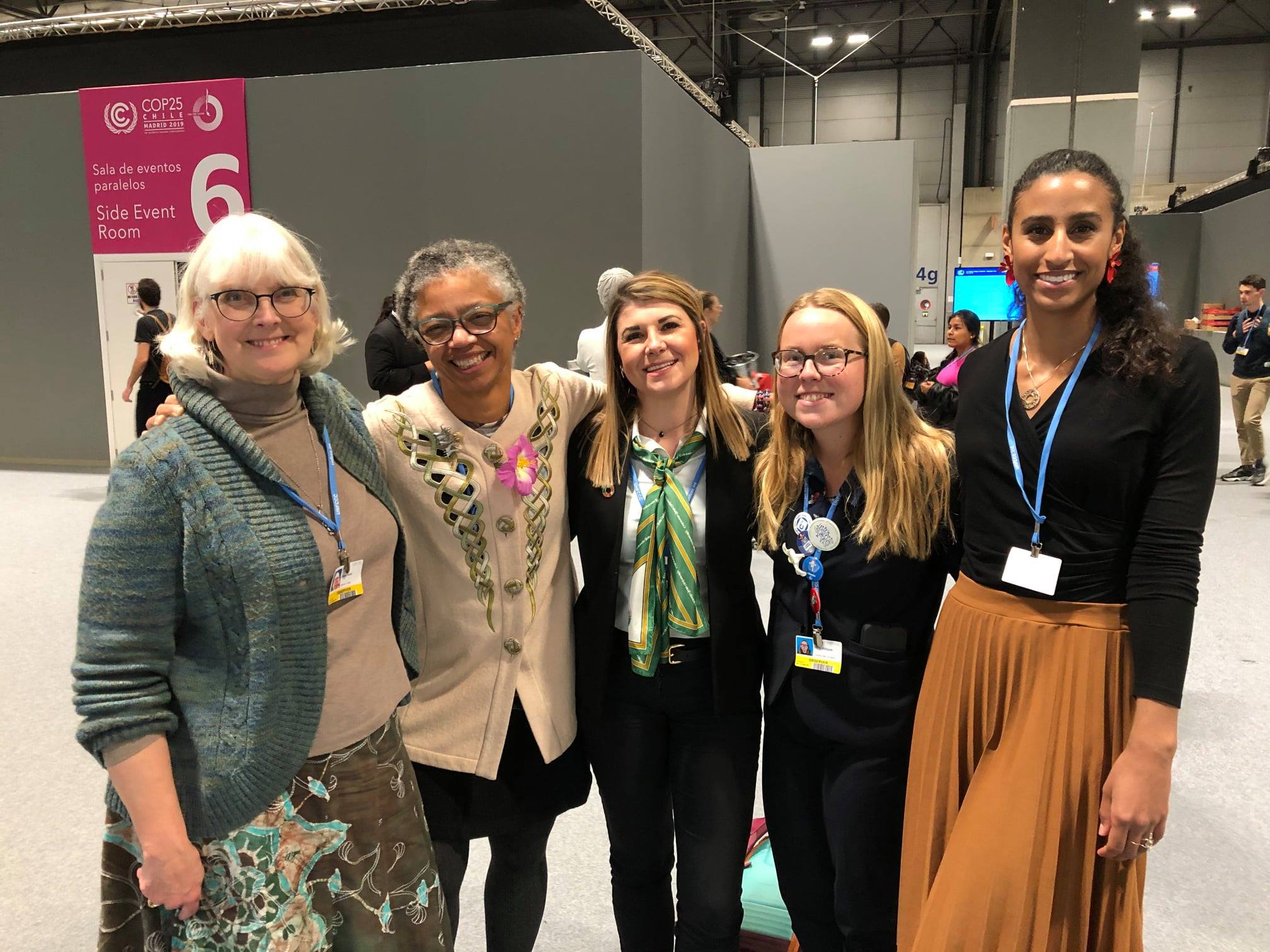
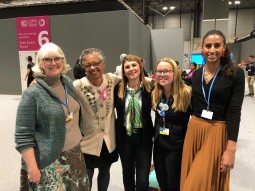

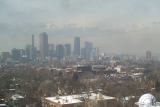


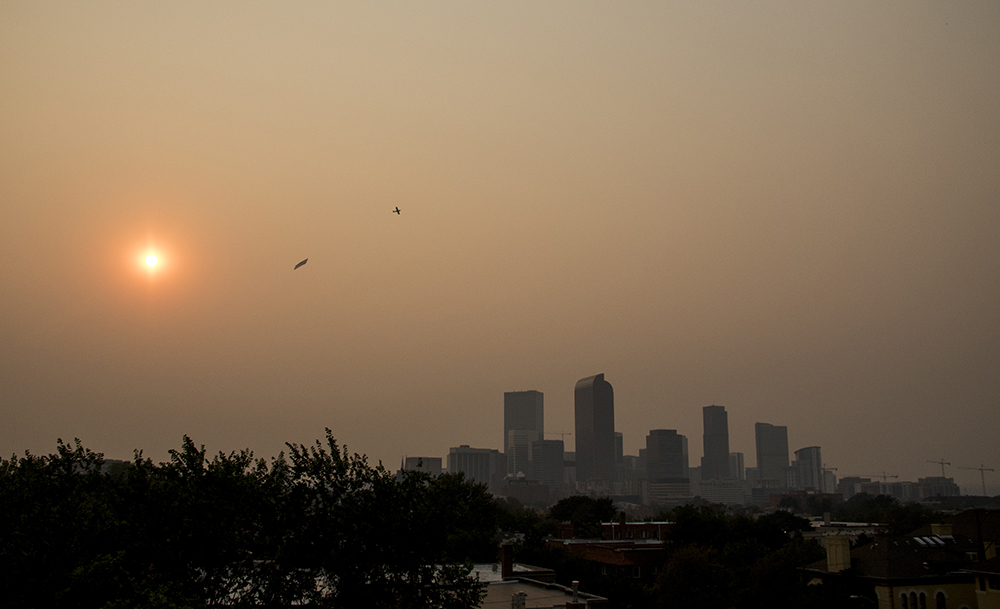


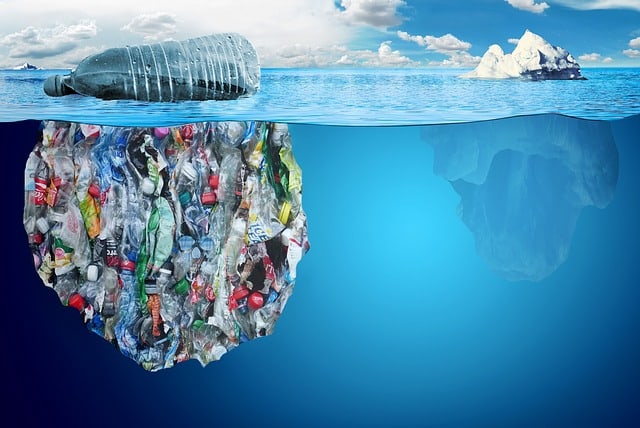
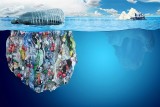
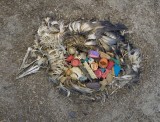
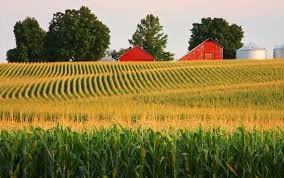
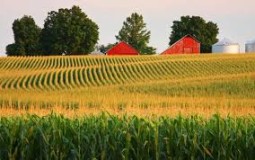

 Himalayan Glacial Lakes (starts at 5:20) Some scientists conduct their experiments in a laboratory — think clean white walls, artificial lighting, A.C. and a convenient coffee pot not far away. Not so for Ulyana Horodyskyj, a graduate student at the University of Colorado. For the last few years she’s been looking at glaciers and the lakes on top of them in Nepal. Last year she spent a year looking at how pollution affects glaciers high in the Himalayan Mountains. She hoped to set up the ultimate high-altitude laboratory on the oxygen-thin slopes of Mount Everest, but a fatal accident intervened. On this edition of How on Earth, she talks about her latest research, Himalayan glaciers and what it is like to do science at the top of the world.
Himalayan Glacial Lakes (starts at 5:20) Some scientists conduct their experiments in a laboratory — think clean white walls, artificial lighting, A.C. and a convenient coffee pot not far away. Not so for Ulyana Horodyskyj, a graduate student at the University of Colorado. For the last few years she’s been looking at glaciers and the lakes on top of them in Nepal. Last year she spent a year looking at how pollution affects glaciers high in the Himalayan Mountains. She hoped to set up the ultimate high-altitude laboratory on the oxygen-thin slopes of Mount Everest, but a fatal accident intervened. On this edition of How on Earth, she talks about her latest research, Himalayan glaciers and what it is like to do science at the top of the world.